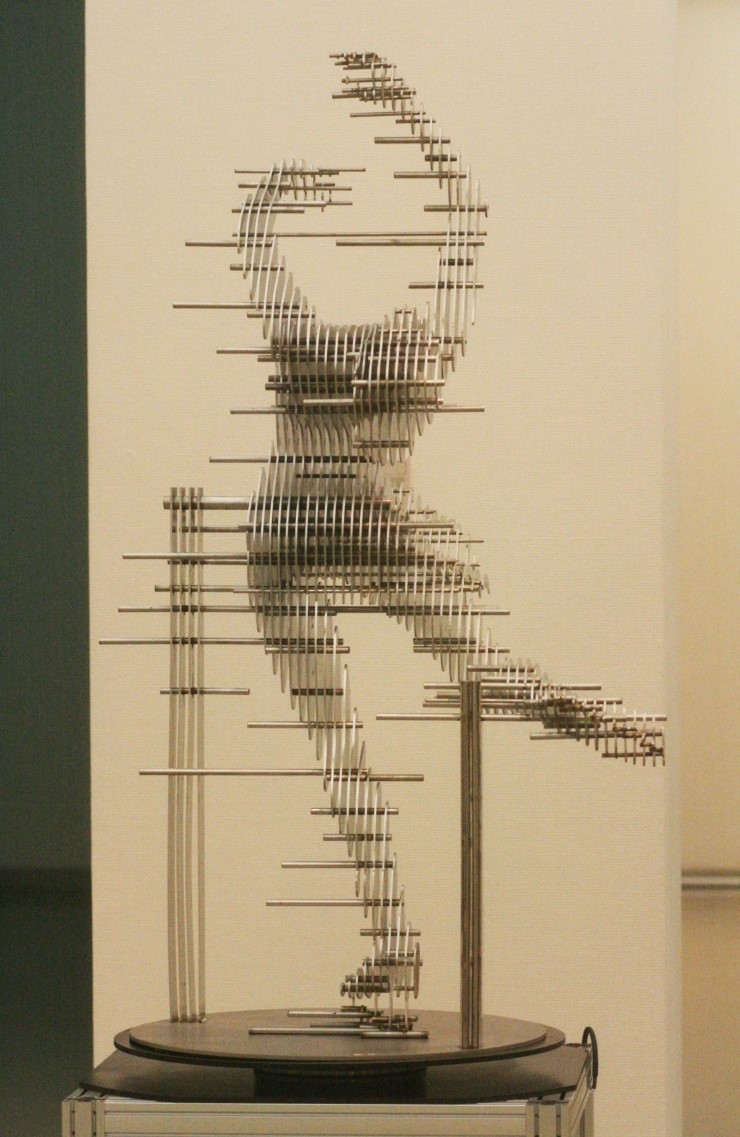Week 15:
For the Pepkura chess piece project, Maryam and I decided to work on a design for the queen. We did a little brainstorming and decided we would build either a dragon or phoenix. We finally went with a phoenix, since it's mythological origins and symbolic significance, especially in East Asian culture, are closely related to that of the queen piece. In Chinese mythology, the phoenix is commonly referred to as "Fenghuang". The Empress could only adorn the symbol as it symbolized grace, high virtue and most importantly power, which the Chinese believed was sent from the heavens to the great Empress. These three characteristics are commonly associated with the regal queen.
he
phoenix represented power sent from the heavens to the Empress. - See
more at:
http://www.mythicalrealm.com/creatures/phoenix.html#sthash.I1qlQfiA.dpuf
 |
| Our final model designed in Maya |

Week 16:
We got our pieces cut and began assembling this week. It was a bit tedious at first, especially the areas around the wings; the enormity of the top half of the structure made it difficult to assemble since it constantly kept falling apart even after copious amounts of glue. We finally managed to put it together and it came out great! This was a fun project!


















































